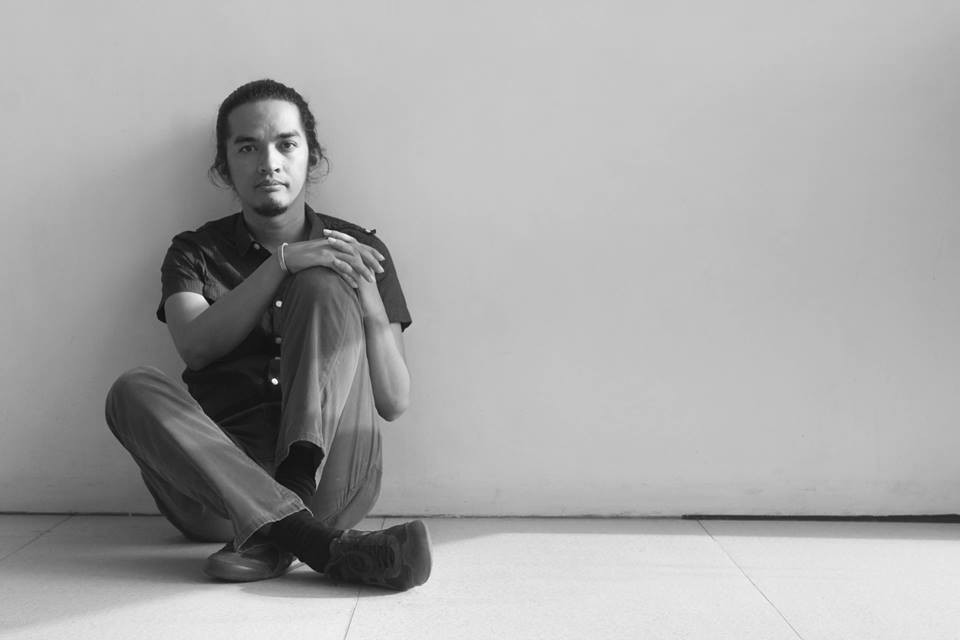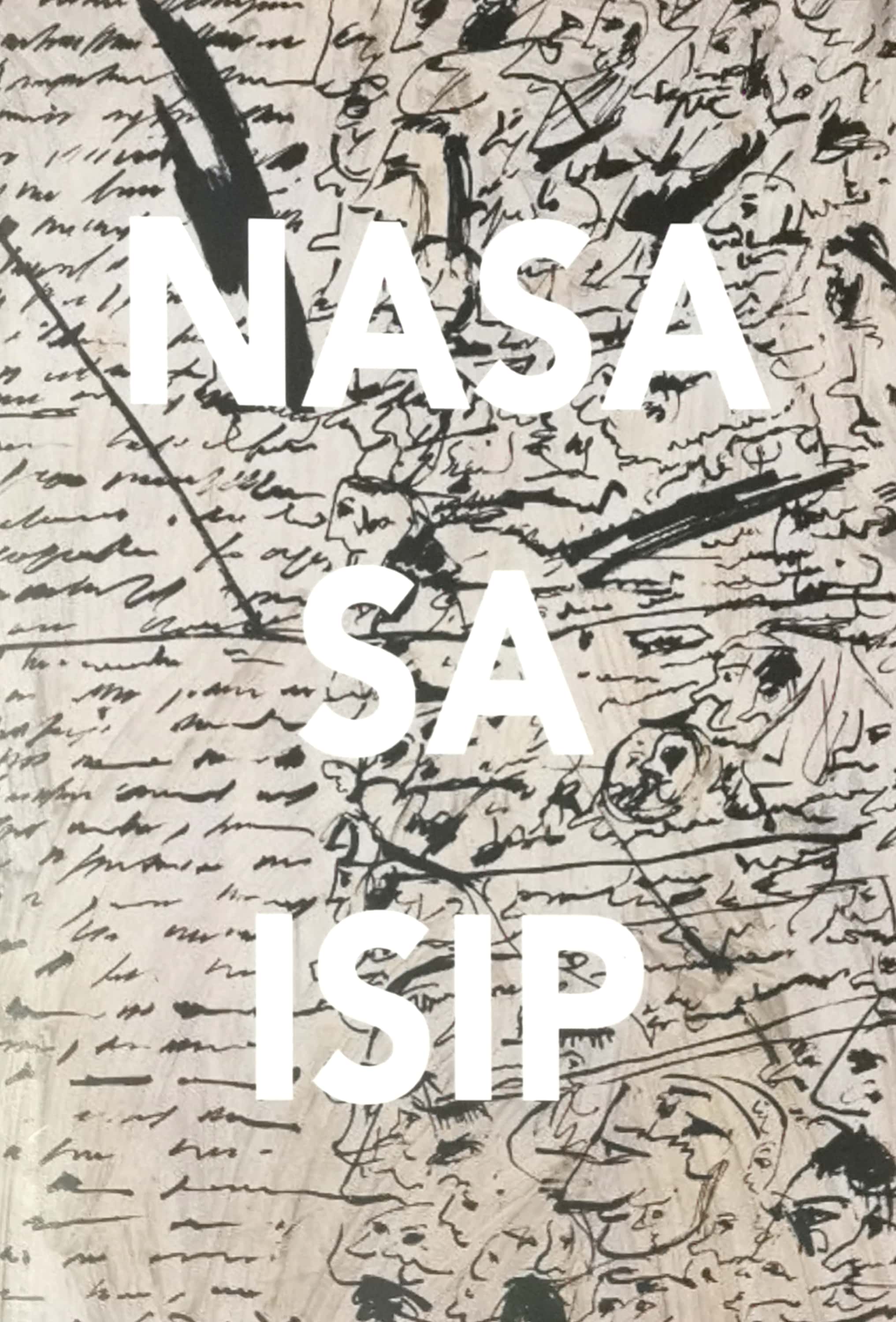
It must be said that Oliver Ortega’s book, Nasa (Desire), is not finished yet. The book has two parts – a diptych. The first part, ‘Nasa sa Isip (In the Mind),’ already completed, is an appropriation via translation and selection of parts containing the word moment from the books Das Kapital and Grundrisse der Kritik der Politischen Ökonomie by the German philosopher Karl Marx. In addition, ‘Nasa sa Isip,’ is also designed with two parts. First, ‘In the Mind (Grundrisse)’ and second, ‘In the Mind (Das Kapital).’ Therefore, it is a diptych within a diptych. The second part, ‘Nasasaisip (Random Thoughts),’ has been started, and is composed of prose poems of fragmentary excerpts from existing texts other than Ortega’s ideas.
Inserted between the two parts is an essay: Friedrich Engels’s ‘The Part Played by Labor in the Transition from Ape to Man.’ When I asked Ortega about it, he said: ‘I like the idea of the essay as a thick wall that separates two moments, like a long interruption.’ To better understand this statement, especially about ‘sandali (moments),’ it is important to note that Desire is the third volume in his trilogy of poetry books dealing with time. The first one, Ilang Sandali Lamang (A Few Moments, Merely) [2007], explores the present moment while the second, Mga Tala sa Alaala ng Kagandahan (Notes on the Memory of Beauty) [2009] ruminates on the past. And finally, the third volume ponders the future. Thus, ‘In the Mind’ is not just a diptych within a diptych but a diptych within a diptych within a trilogy.

Cover of Oliver Ortega’s ‘Nasa sa Isip’
This essay focuses on ‘In the Mind.’ Even so, I think it is only reasonable to discuss first the two books that came before it or Desire itself, albeit unfinished, since the entire project is a trilogy and to provide its further context. According to Ortega, in his notes on ‘In the Mind’:
- Reading Das Kapital is an ongoing project. I think it is necessary to read it over and over to better understand what is contemporary.
- As I read Das Kapital, prompted by my deep interest in the concept and phenomenon of time, I found myself underscoring and marking Marx’s ideas regarding time.
- here are so many moments in Das Kapital. The same goes for Grundrisse.
It is clear that Ortega wants to better understand the contemporary. Hence, as he repeatedly reads Das Kapital, ‘[he] marks … time.’









